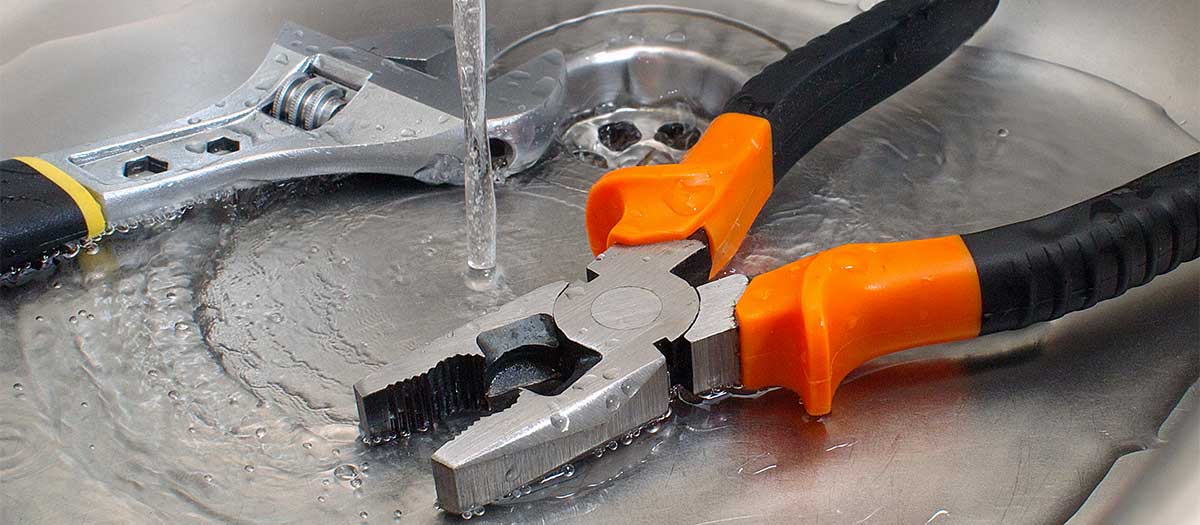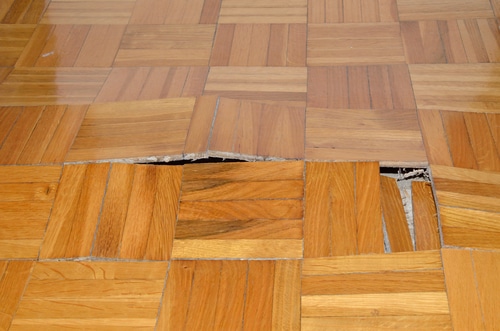Six Proven Methods to Detect Hidden Water Line Leaks Secretly
Six Proven Methods to Detect Hidden Water Line Leaks Secretly
Blog Article
We have found this great article involving Top leak detection hacks below on the internet and figured it made good sense to relate it with you here.

Early detection of dripping water lines can mitigate a possible disaster. Some small water leaks may not be noticeable.
1. Examine the Water Meter
Every home has a water meter. Examining it is a proven manner in which aids you uncover leakages. For beginners, switch off all the water sources. Make certain nobody will flush, utilize the tap, shower, run the cleaning machine or dishwasher. From there, go to the meter and watch if it will certainly alter. Since no one is utilizing it, there should be no motions. If it moves, that suggests a fast-moving leak. If you identify no modifications, wait a hr or two and also check back once again. This means you may have a slow leak that might also be underground.
2. Inspect Water Usage
If you detect sudden changes, despite your consumption being the very same, it implies that you have leaks in your plumbing system. A sudden spike in your costs suggests a fast-moving leakage.
A stable boost every month, also with the very same habits, shows you have a slow leak that's likewise gradually rising. Call a plumber to extensively check your building, especially if you really feel a cozy location on your flooring with piping below.
3. Do a Food Coloring Test
When it comes to water usage, 30% comes from commodes. If the shade somehow infiltrates your bowl throughout that time without flushing, there's a leak between the storage tank as well as dish.
4. Asses Outside Lines
Don't fail to remember to inspect your exterior water lines also. Should water seep out of the connection, you have a loose rubber gasket. One tiny leak can lose lots of water as well as surge your water bill.
5. Analyze the scenario and inspect
Home owners must make it a behavior to check under the sink counters and even inside cabinets for any kind of bad odor or mold and mildew development. These two warnings suggest a leak so prompt focus is required. Doing routine evaluations, even bi-annually, can save you from a significant issue.
Check for discolorations as well as weakening as the majority of pipelines as well as devices have a life expectancy. If you presume leaking water lines in your plumbing system, do not wait for it to escalate.
Early detection of leaking water lines can reduce a potential disaster. Some tiny water leakages might not be visible. Checking it is a guaranteed way that aids you uncover leaks. One little leakage can squander lots of water and increase your water expense.
If you suspect leaking water lines in your plumbing system, don't wait for it to rise.
WARNING SIGNS OF WATER LEAKAGE BEHIND THE WALL
PERSISTENT MUSTY ODORS
As water slowly drips from a leaky pipe inside the wall, flooring and sheetrock stay damp and develop an odor similar to wet cardboard. It generates a musty smell that can help you find hidden leaks.
MOLD IN UNUSUAL AREAS
Mold usually grows in wet areas like kitchens, baths and laundry rooms. If you spot the stuff on walls or baseboards in other rooms of the house, it’s a good indicator of undetected water leaks.
STAINS THAT GROW
When mold thrives around a leaky pipe, it sometimes takes hold on the inside surface of the affected wall. A growing stain on otherwise clean sheetrock is often your sign of a hidden plumbing problem.
PEELING OR BUBBLING WALLPAPER / PAINT
This clue is easy to miss in rooms that don’t get much use. When you see wallpaper separating along seams or paint bubbling or flaking off the wall, blame sheetrock that stays wet because of an undetected leak.
BUCKLED CEILINGS AND STAINED FLOORS
If ceilings or floors in bathrooms, kitchens or laundry areas develop structural problems, don’t rule out constant damp inside the walls. Wet sheetrock can affect adjacent framing, flooring and ceilings.
https://www.servicemasterbyzaba.com/blog/how-to-detect-water-leakage-in-walls/

Do you like reading up on Hacks to detect leaks? Write feedback down below. We will be pleased to see your insights about this entry. We are looking forward that you come back again in the near future. Enjoyed our content? Please share it. Help someone else find it. Thanks so much for going through it.
Sink issues? Expert consultation here. Report this page